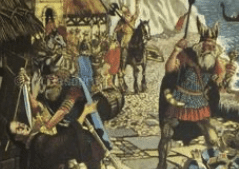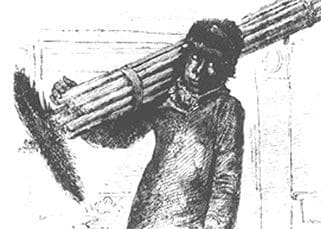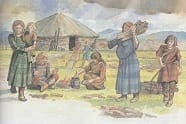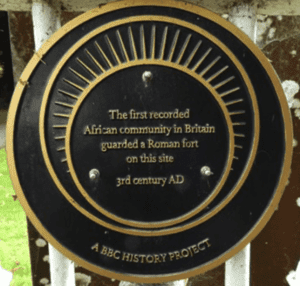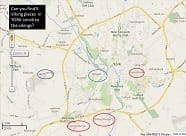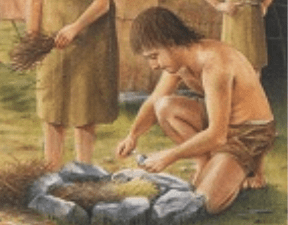
1. Go to your library
Your local library will nearly always have a local history section that can tell you about the area in which you live over time. Although these are often aimed at the interested adult or antiquarian market, it will provide you with the main headlines and give you the leads you need which you can then pursue creatively.
2. Visit your local archives
Local archives are different to the local library, though they are often housed together. They can be a little off-putting when you haven’t been before so best to ring first, explain when and why you would like to visit, in as much specific detail as you can and they will usually be able to get you started with some key resources
Several websites such as https:// discovery.nationalarchives.gov.uk/find-an-archive can suggest resources which could be used in the classroom.
3. Search the land registry
If

